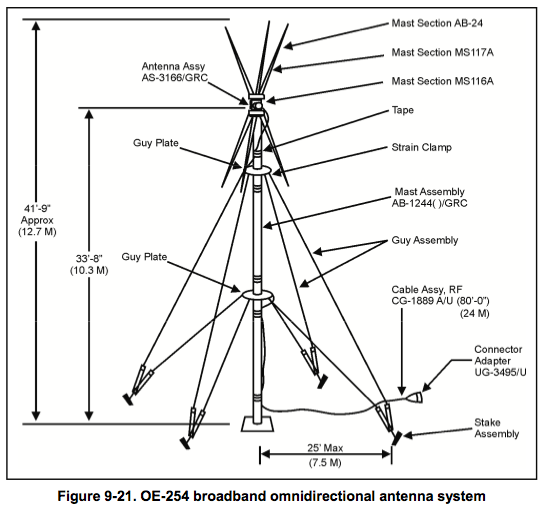A recent read of the various newspapers are showing
A Datron PRC1077 radio supplied to the Afghan army, and another shows what appears to be a Harris tactical hand-held radio, though the blurred image could also be a cheap push-to-talk radio like a Baofeng.
The U.S has provided nearly 2,667 Harris RF-7850M-HH radios to the Afghan military, according to CDR. Patrick L. Evans, a spokesperson for the Defense Security Cooperation Agency.
The Afghan National Security Forces specifically use the PRC-1077, a tactical radio man pack transceiver designed for short range two-way communication, and the OE-254 antenna. The radio and antenna training provides the ANA with the ability to communicate more proficiently across the battlefield.

Many of these radios have found themselves being used by the Taliban Army
The Taliban has made very good use of tactical radios and cell phones to co-ordinate their missions ending in Kabul on the weekend.

Key U.S.-Funded Communications Equipment for the Afghan National Defense and Security Forces (ANDSF)
According to Department of Defense (DOD) data, the United States funded about 163,000 key
communications equipment items for the ANDSF in fiscal years 2003 through 2016 (see table2).
• The majority of the key communications equipment was tactical radios, which include the high frequency, very high frequency, ultra high frequency, super high frequency, and
multiband radios.
• About 88 percent of all the key communications equipment items were authorized for procurement by DOD in fiscal years 2003 through 2011.
• About 97 percent of the radios included in DOD’s data were manufactured by Harris, Datron, Motorola, or Codan.
Table 2: Quantities and Examples of Key U.S.-Funded Communications Equipment for the Afghan National
Defense and Security Forces, Fiscal Years 2003–2016
Category Quantity Examples
Very high frequency radios 75,256 Datron PRC-1070 handheld, Datron PRC-1077 vehicle-mounted, Datron HH7700 handheld

Nontactical radios 66,439 Motorola GM360, Codan NGT SRx, Universal Radio AR-8200 Mark III
High frequency radios 13,464 Codan 2110 manpack, Datron RT-7000 base station
Multiband radios 5,377 Harris RF-5800M base station, Harris RF-7850M vehicle-mounted
Ultra and super high frequency radios 2,107 Harris RF-7800W vehicle-mounted, EF Johnson APCO-25 handheld
Total 162,643
Source: GAO analysis of Department of Defense (DOD) data. | GAO-17-667R
Notes: The time frame covered by this table refers to the fiscal years in which DOD authorized the equipment for
procurement.
Included in the table are 497 high frequency radios and 1,528 very high frequency radios that were authorized in
fiscal years 2003 and 2004 using a combination of Foreign Military Financing and international donations, according
to DOD data. Those data did not indicate how many of those radios were funded by international donations. The
remaining equipment in this category and the other categories was reported as being funded using only U.S. funds.
High frequency radios operate in the 3–30 megahertz frequency range, very high frequency radios operate in the 30–
300 megahertz range, ultra high frequency radios operate in the 300–3,000 megahertz range, and super high
frequency radios operate in the 3,000–30,000 megahertz range. Multiband radios can operate across more than one
of these frequency bands. The nontactical radios category includes commercially available handheld radios that are
not designed for use in combat.
According to DOD data, about 94,900 of the U.S.-funded communications equipment items
were for the Afghan National Army (ANA), and the remaining approximately 67,700 items were
for the Afghan National Police (ANP) in fiscal years 2003 through 2016 (see fig. 4).
• DOD data show that the ANA received 96 percent of the tactical radios and that the ANP
received 95 percent of the nontactical radios.
Page 10 GAO-17-667R Afghanistan Security
• According to a DOD communications equipment manual, the primary advantage of using
high frequency radios is their capability to provide long-range, over-the-horizon
communication. However, high frequency radios’ long-range capability makes their
communications susceptible to enemy interception.
• Very high frequency and ultra high frequency radios are normally limited to line-of-sight
communication, so their range is restricted, according to a DOD equipment manual. Very
high frequency radios are generally used in the military by combat and combat support
units while on the move. Ultra high frequency radios are generally used in the military for
ground-to-air communication. Super high frequency radios are used for radar
surveillance and satellite communications.